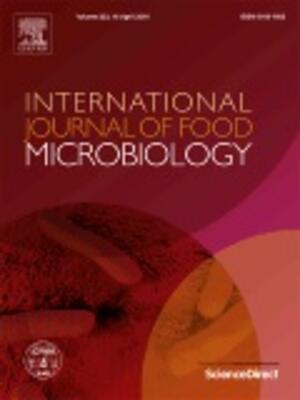
Quantitative risk assessment of human salmonellosis in the smallholder pig value chains in urban of Vietnam
Abstract
Objectives To quantify salmonellosis risk in humans through consumption of boiled pork in urban Hung Yen Province, Vietnam, using a quantitative microbial risk assessment. Methods We collected 302 samples along the pork value chain in Hung Yen between April 2014 and February 2015. We developed a model in @Risk, based on microbiological, market, and household surveys on cooking, cross-contamination and consumption, and conducted sensitivity analysis. Results Salmonella prevalence of pen floor swabs, slaughterhouse carcasses and cut pork were 33.3, 41.7 and 44.4%, respectively. The annual incidence rate of salmonellosis in humans was estimated to be 17.7% (90% CI 0.89–45.96). Parameters with the greatest influence risk were household pork handling practice followed by prevalence in pork sold in the central market. Wide confidence interval in the incidence estimate was mainly due to the variability in the degree of reduction in bacteria concentration by cooking, and pork consumption pattern. Conclusions The risk of salmonellosis in humans due to boiled pork consumption appears to be high. Control measures may include improving the safety of retailed pork and improving household hygiene.
Citation
Sinh Dang-Xuan, Hung Nguyen-Viet, Unger, F., Phuc Pham-Duc, Grace, D., Ngan Tran-Thi, Barot, M., Ngoc Pham-Thi and Makita, K. 2017. Quantitative risk assessment of human salmonellosis in the smallholder pig value chains in urban of Vietnam. International Journal of Public Health 62(Supplement 1): 93–102.










